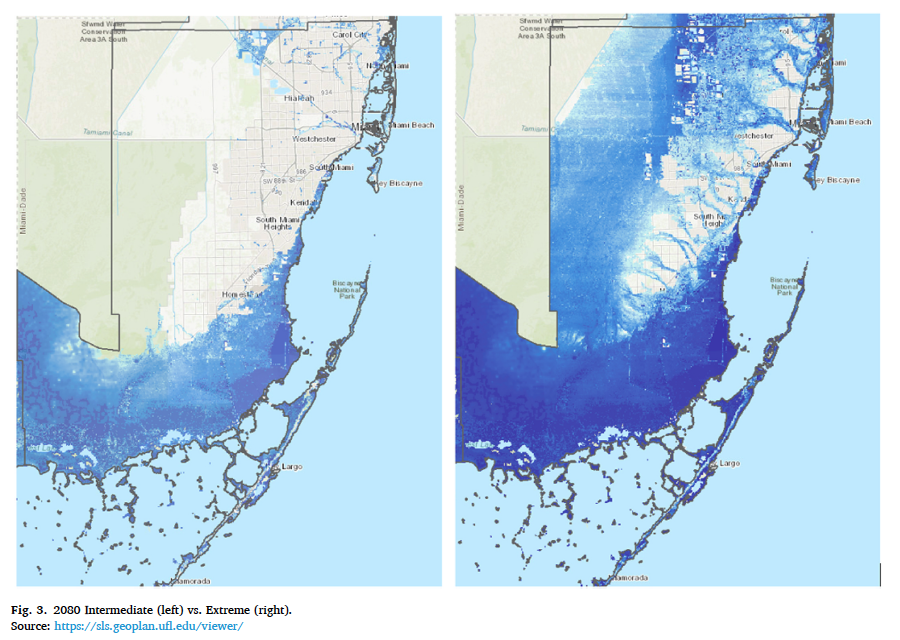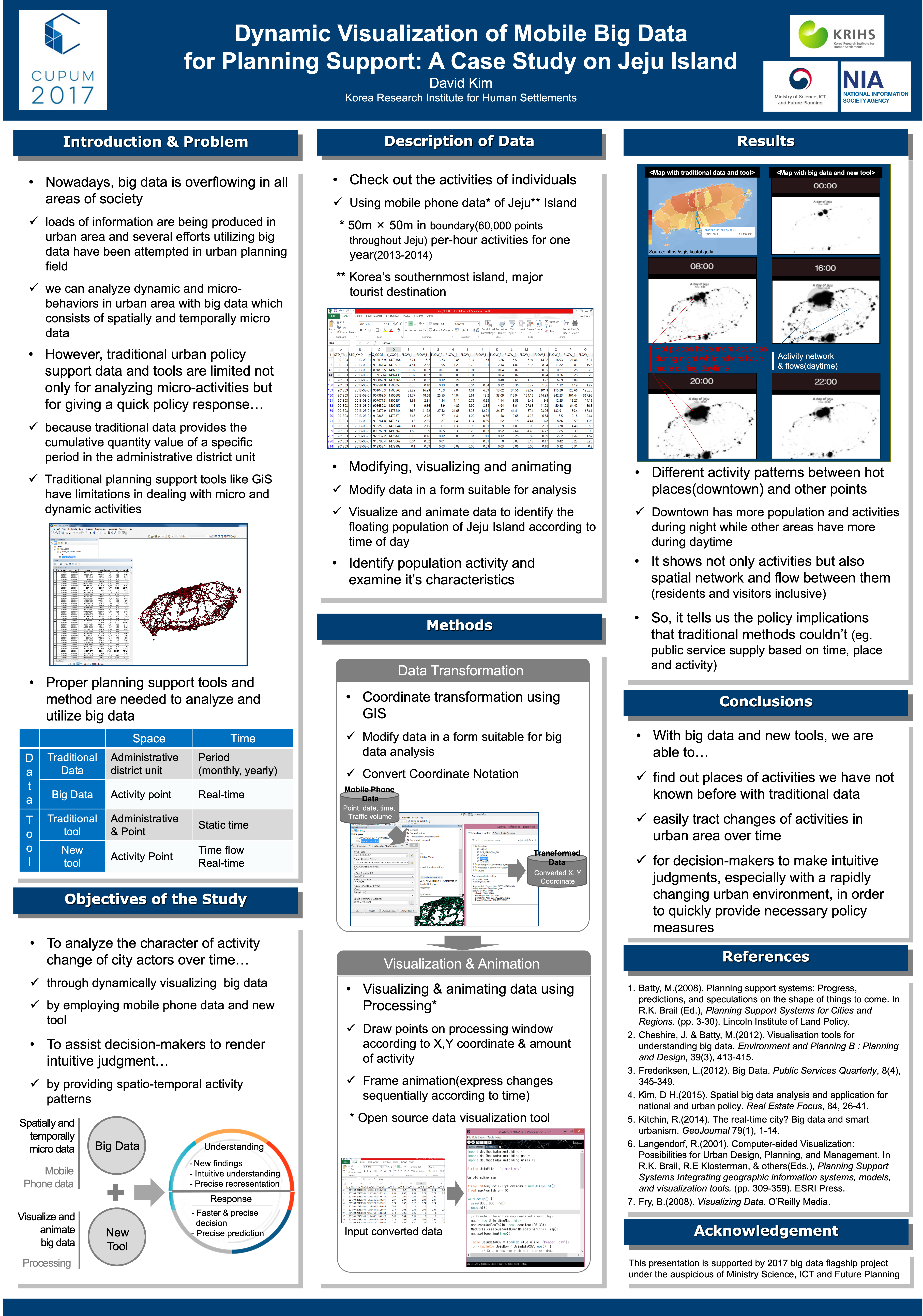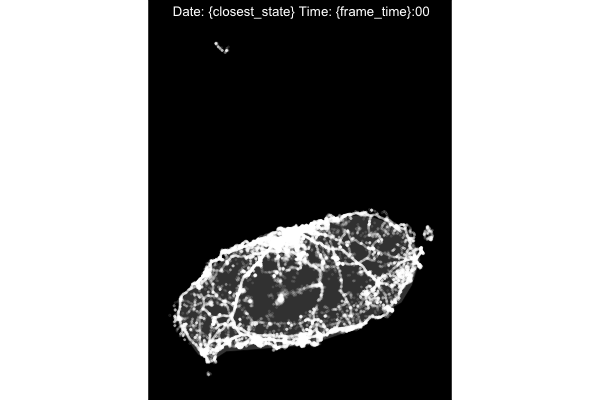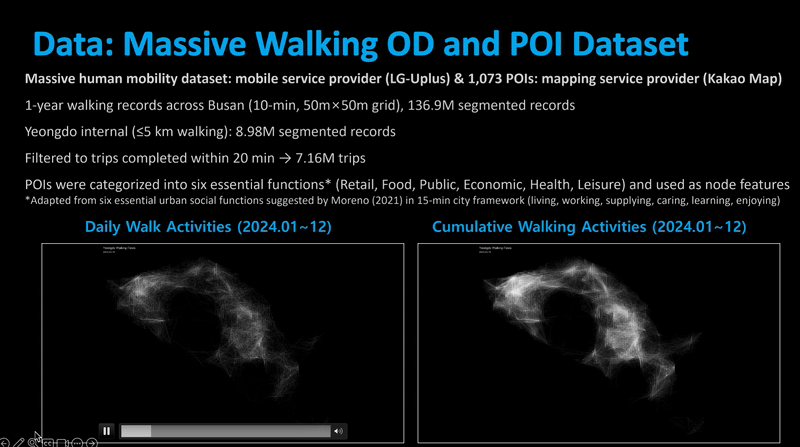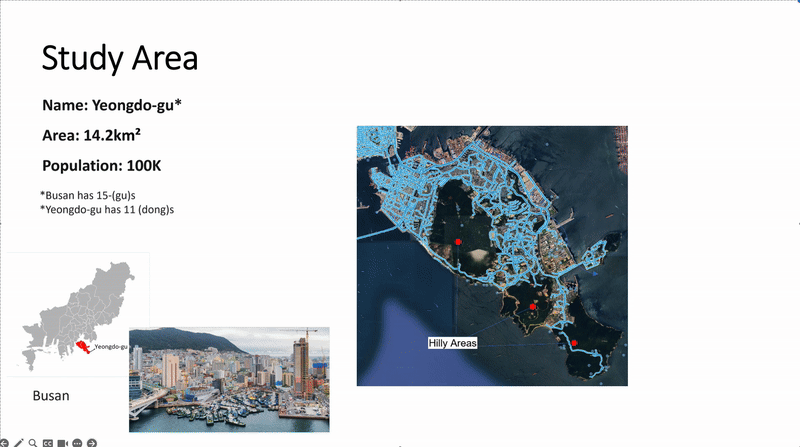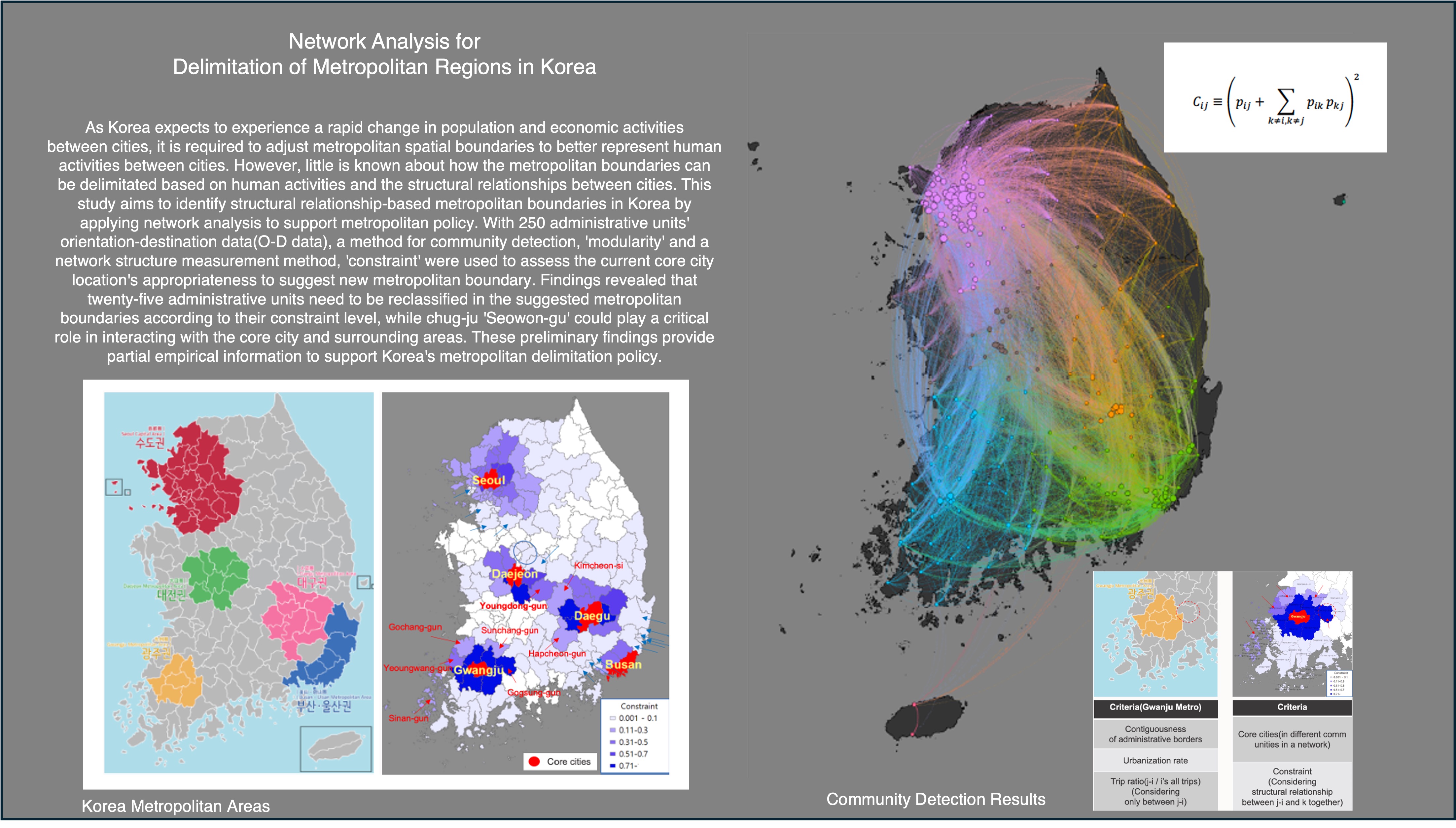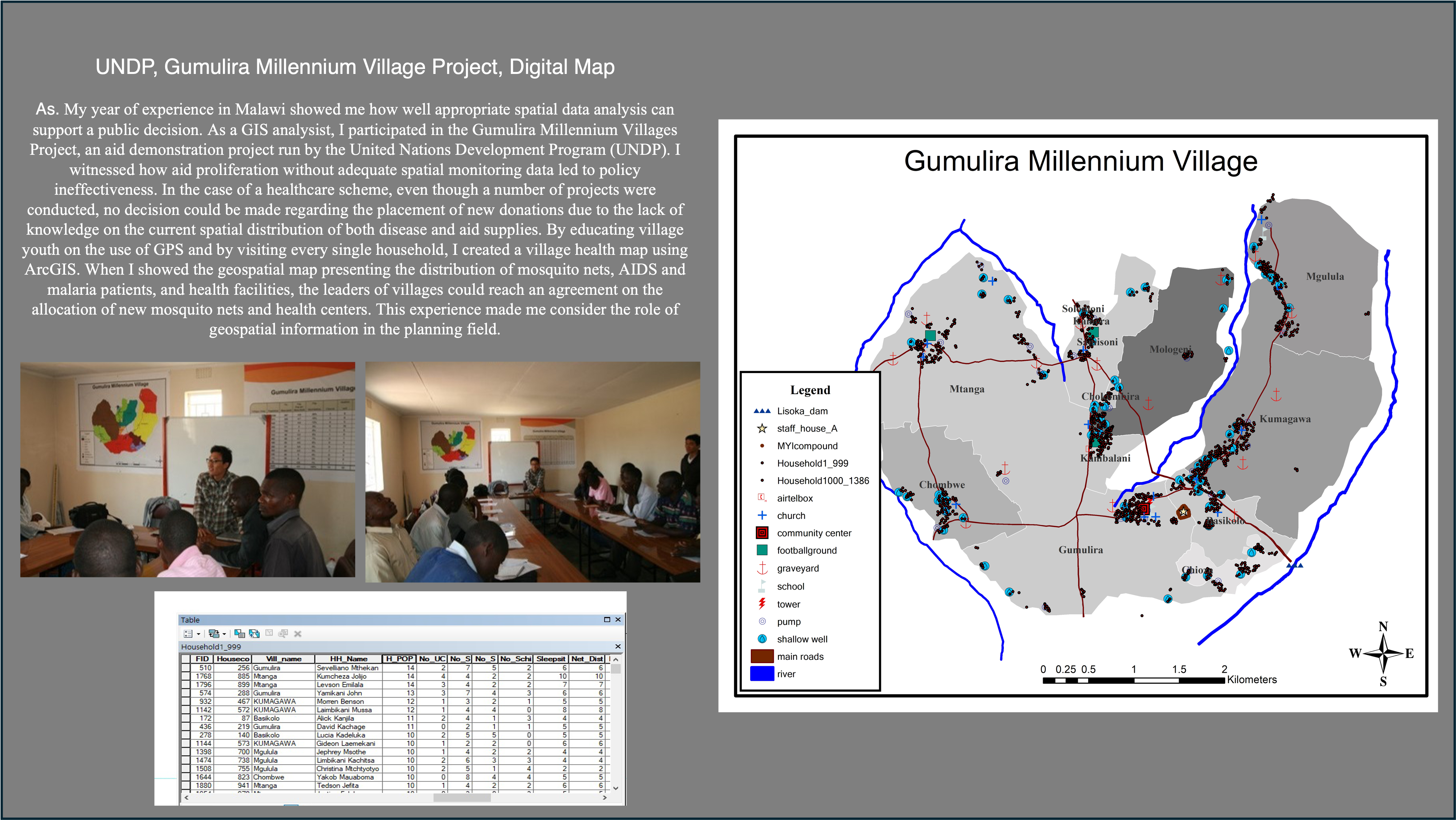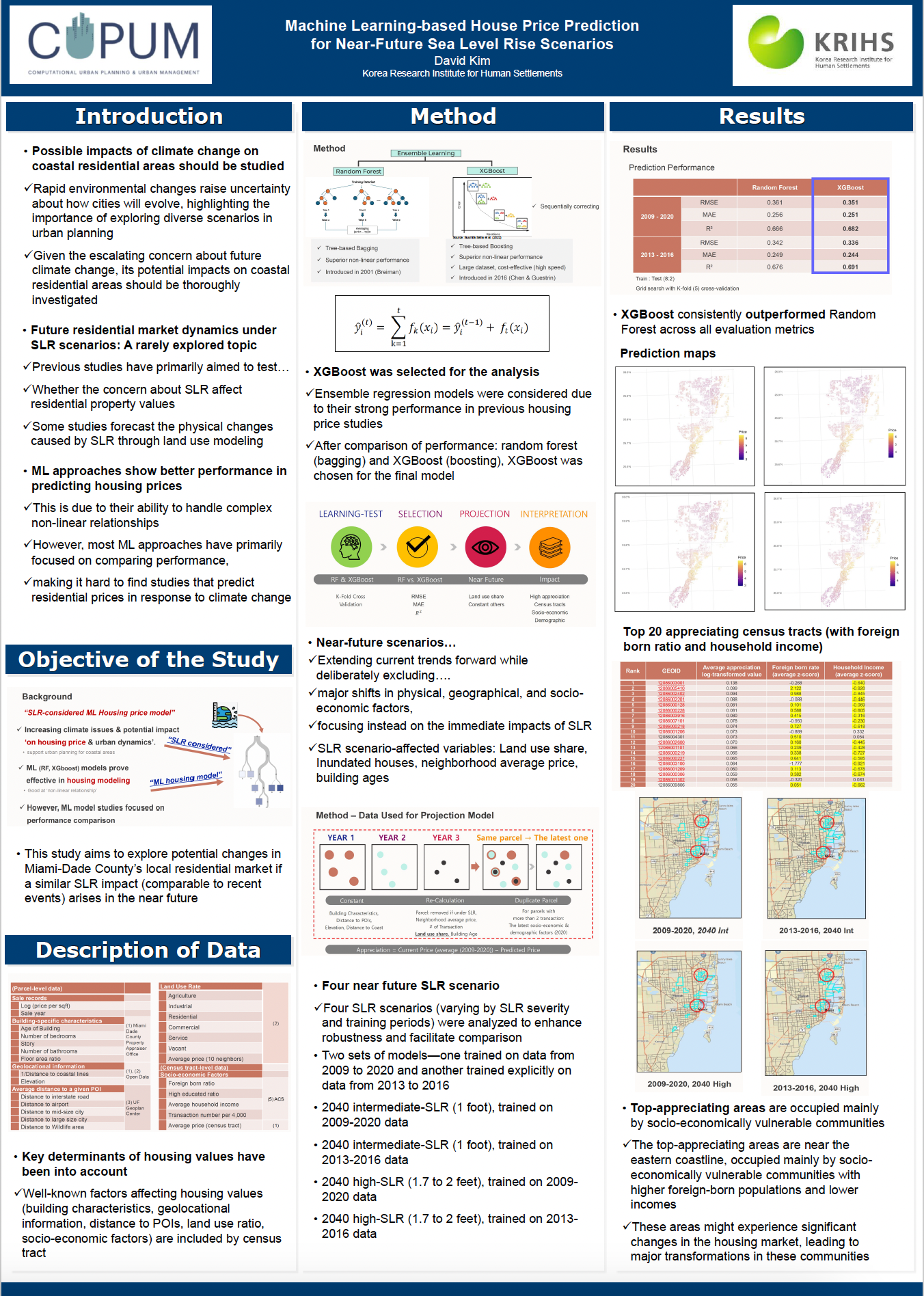ABOUT ME
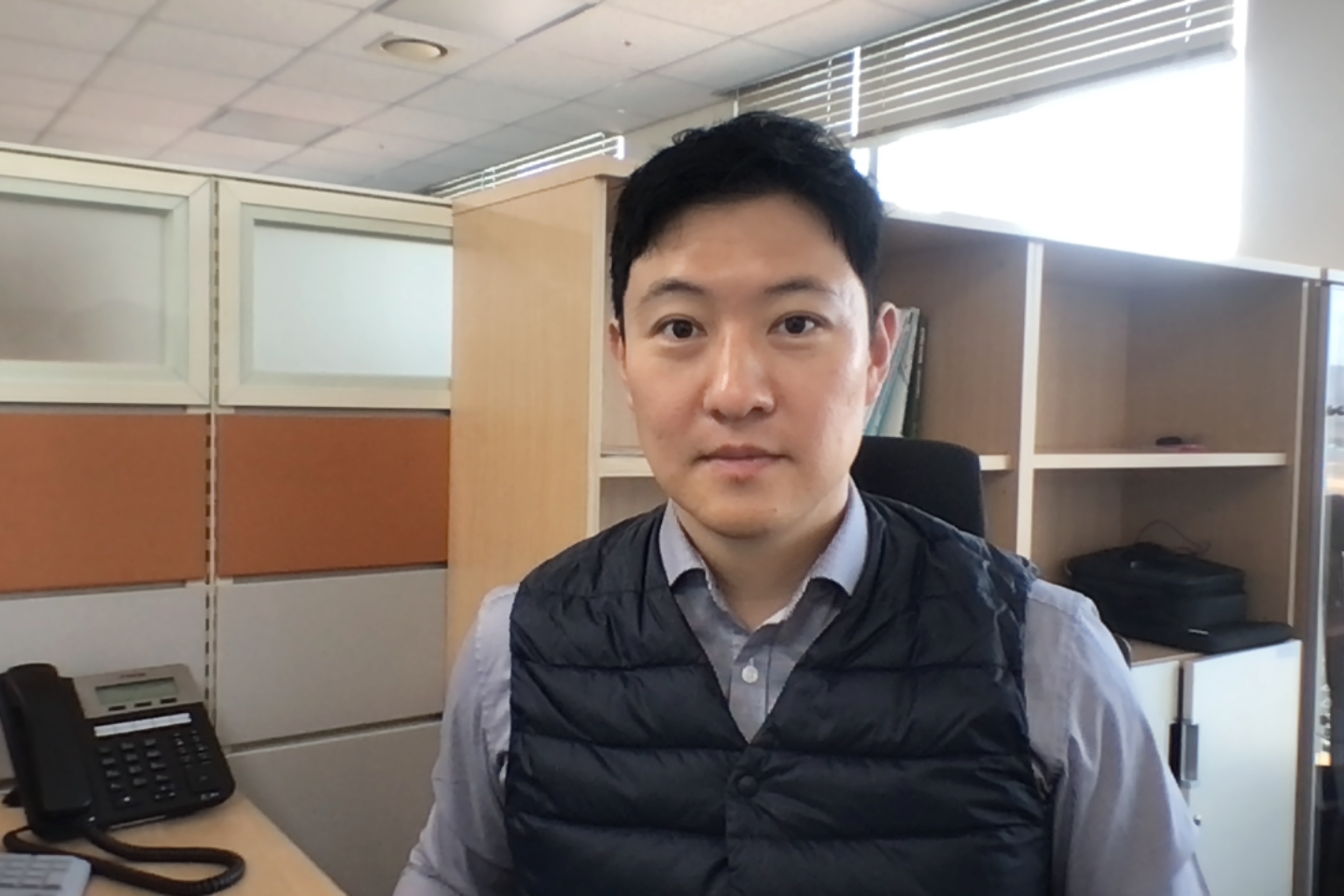 - My scholarly interests focus on human residence, mobility, and accessibility within urban areas, and how these aspects are influenced by individuals’ socioeconomic status. Additionally, I am interested in the functional relationships among cities. My current research encompasses three main areas: 1) Residential polarization and preferences determined by socioeconomic factors such as income, race, nationality, and jobs (e.g., artists), and their response to external shocks like natural disasters, 2) Accessibility to services and facilities, including transportation, cultural venues, food services, and parks, exploring how the access varies among different socioeconomic groups, 3) Network flow analysis between cities and the optimization of functional regions.
- My scholarly interests focus on human residence, mobility, and accessibility within urban areas, and how these aspects are influenced by individuals’ socioeconomic status. Additionally, I am interested in the functional relationships among cities. My current research encompasses three main areas: 1) Residential polarization and preferences determined by socioeconomic factors such as income, race, nationality, and jobs (e.g., artists), and their response to external shocks like natural disasters, 2) Accessibility to services and facilities, including transportation, cultural venues, food services, and parks, exploring how the access varies among different socioeconomic groups, 3) Network flow analysis between cities and the optimization of functional regions.
My primary approach utilizes GIS, network analysis, visualization, and AI techniques to extract meaningful patterns from large spatial data sets. This data typically includes points and zones (such as residential parcels and administrative boundaries) as well as network and flow patterns (e.g., navigation and mobile phone GPS trajectories, card transaction data, and vehicle origin-destination flows). By applying these analytical techniques, my objective is to transform raw data into actionable knowledge, which can then be used to support urban planning and policy-making related to land use, residential market, social inequities, and safety. For instance, please see Research Highlights below.
Experience
-
Associate Research Fellow
Korea Research Institute for Human Settlements
June 2019 - present
-
Researcher
Korea Research Institute for Human Settlements
Mar. 2012 - June 2019
-
Research Assistant
Colleage of Design, Construction, and Planning
University of Florida
Jan. 2021 - Dec. 2024
-
Project Consultant & Manager
Millennium Promise & Merry-Year International
Jul. 2011 - June 2012
Education
-
Ph.D in Urban and Regional Planning
University of Florida
Jan. 2021 - Dec. 2024
-
MS in Urban and Regional Planning
Seoul National University
Mar. 2009- Feb. 2011
-
Bachelor of Science in Urban and Environmental Engineering
Graduated first class honor, Handong Global University
Mar. 2002 - Feb. 2009
Technical Skills
- Languages: Python | R | SQL | Java | HTML
- Libraries & frameworks:
- Visualization: Mapbox.js | Processing
- Machine learning: PyTorch | TensorFlow
- Network anlaysis: Gephi | UCINET | NetMiner
- Spatial Analysis Tools: ArcGIS | ArcGISPro | QGIS | S-Cube
- Other software: SPSS | JMP
Interests
- AI&Big data-based planning support
- Climate gentrification | Residential location & Housing market
- Geospatial analytics | Visualization | GIS
- Data science | Machine Learning | Computer vision
- Spatial Network analysis | Urban modeling and simulation
